The Széchényi Hall
Description: The Széchényi Hall is one of the Hungarian National Museum’s most beautiful room, named after the museum’s founder, Count Ferenc Széchenyi, whose oil painting from 1823 by Johann Ender is the central ornament of the hall. The room was designed by the greatest Hungarian architect of the period, Miklós Ybl. Representative design of the place is due to national public donations (1865).
This ceremonial hall also functioned as a repository of old Hungarian manuscripts and a library room. Library cabinets and wooden panels are richly decorated with Renaissance motifs carved from Slavonic oak, are the quality work of József Szabó, a master joiner from Buda.
The ceiling is covered with a fresco of light blue background decorated with golden stars. In the middle of the fresco stands the coat of arms of Hungary, and the four corners are decorated with the coats of arms of Dalmatia, Croatia, Slavonia and Transylvania. The fresco is surrounded with 60 coats of arms pained on wooden panels, representing Hungary’s 53 counties, 4 Partium counties, Rijeka, Hajdúkerület, and the combined coats of arms of Pest and Buda.
Materials: 90% wooden surface, glass, oil painting; paper; leather, fresco, decorative painting, gilding. Furniture and upholstery have significant emissions.
Monitoring: Within the context of the EU funded APACHE project, the Hungarian National Museum will monitor, collect, analyse and report on environmental data collected in the hall and within the historical cabinets. Environmental data include temperature, relative humidity and pollutants (formaldehyde, organic acids, NO2 , SO2 , O3, H2S).
Protection container: Historical cabinet (wood, glass)
Dimensions: 440 cm x 945 cm x 62 cm (Height x Width x Diameter) all around the hall
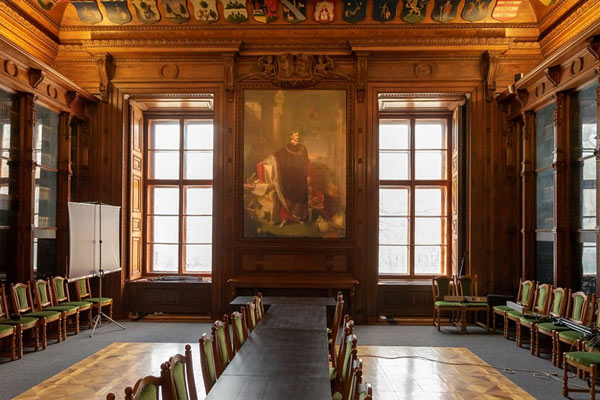

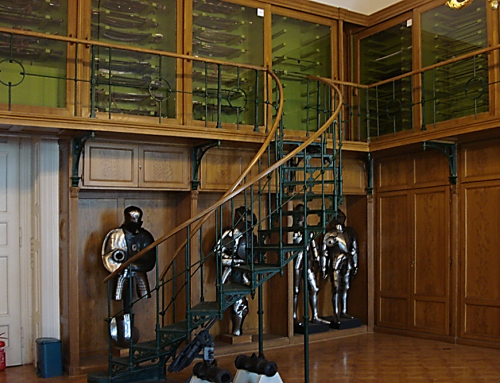
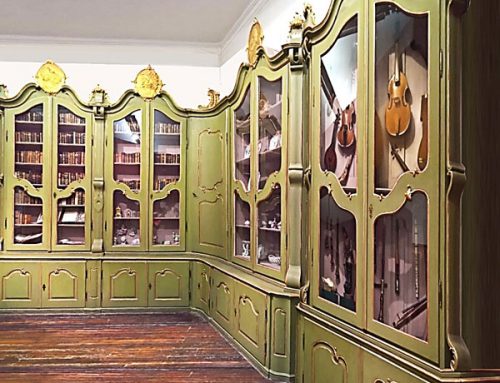
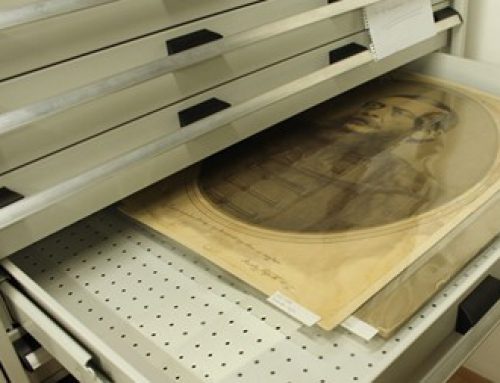
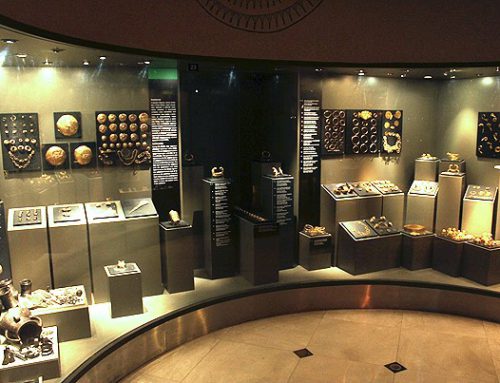
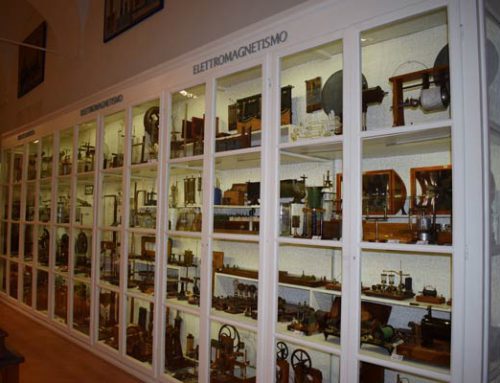
Leave A Comment